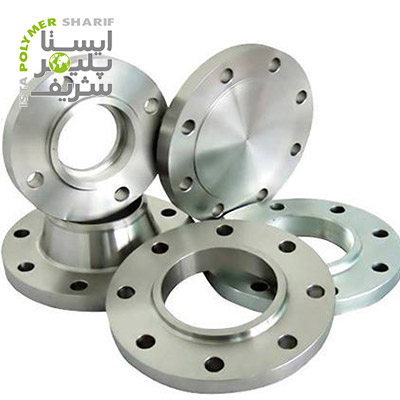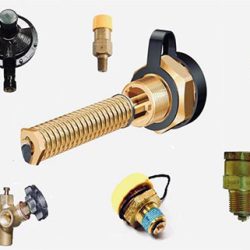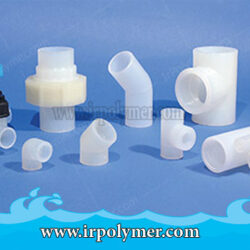Pipes, fittings, and flanges are commonly referred to as PFF. These include all products and materials used in the “processing” of hydrocarbons and in midstream and downstream sectors. The processing of hydrocarbons ensures they are ready for sale or further transfer to a refinery or a carrier tanker. This involves various equipment and processes such as separation, purification, filtration, and pumping, all interconnected by a piping system.
Benefits of Using Flange Fittings
Flanges are used in various fields, with the primary purpose of connecting pipes to each other. They are also used for connecting to valves, tees, and other equipment. Flanges can cover or close the end of a pipe as well. The flange method allows easier separation compared to welding. With bolts and nuts, two pipes can be directly disconnected or connected, whereas welding requires cutting and welding equipment, which increases costs.
Installation Method of Flanges
To connect two pipes using flanges, a flange is first welded to each pipe, positioning them directly opposite each other. The two flanges are then bolted and tightened together. A gasket is used inside the flange to prevent water leakage.
Types of Flanges
Flanges come in various types, each with different applications in industrial, commercial, and residential pipe connections. Some of the most commonly used and important types of flanges include:
Blind Flange
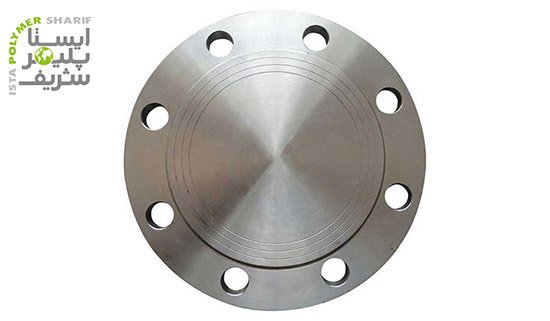 Threaded Flange
Threaded Flange

Weld Neck Flange
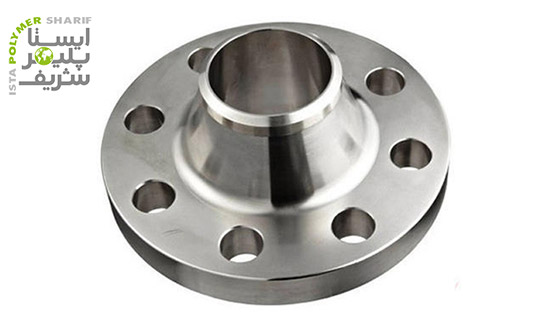
Orifice Flange
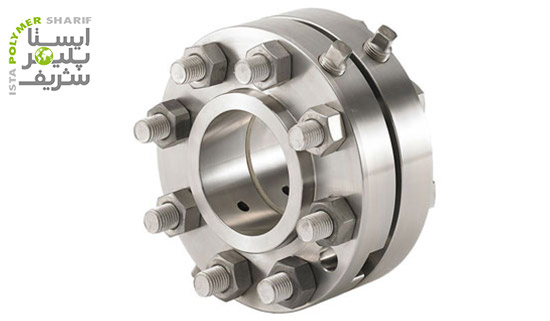
Slip On Flange
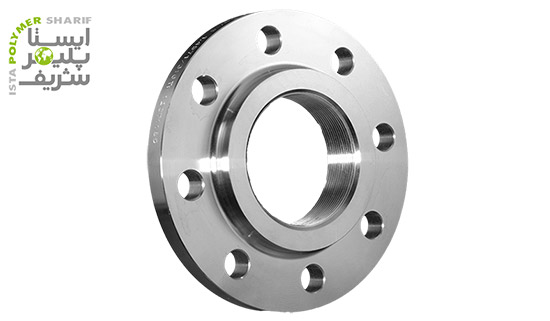
For consultation and purchasing various types of flanges and tank fittings, you can contact ABtank experts at the following numbers: 02144787934 and 02144787935.

